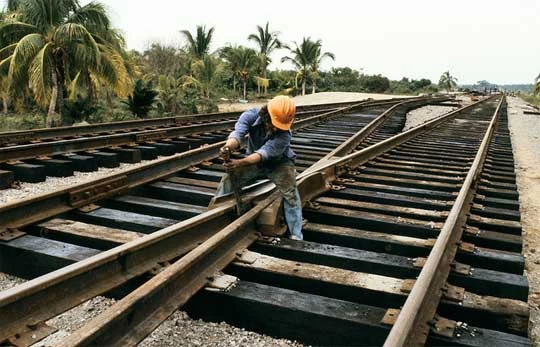
Efficiency. Competitiveness. Innovation. Integrity.
Do these words come to mind when you think of State-Owned Enterprises (SOEs)?
From June 2-3, 2015 in Santiago, Chile, over 100 representatives of governments, SOEs, and academia from 13 countries came together to discuss how to advance these ideals, at the fourth Annual Meeting of the Latin American Network on Corporate Governance of State-Owned Enterprises, co-organized by the World Bank, the Organisation for Economic Co-operation and Development (OECD), and the Latin American Development Bank (CAF).
SOEs are commercial enterprises owned by governments, in full or in part. Across Latin America, SOEs still represent a significant portion of GDPs , national expenditures, employment, and government revenues. Many SOEs provide essential public goods and services like water, electricity, and transportation.
With great variation in SOE models across nations and industries, what can countries learn from one another to improve SOE governance? And why should we care?
As our study of current trends in Latin America has shown, many SOEs are already applying best practices to improve delivery of services that societies need, as pressures like market globalization, technological advances, and deregulation require them to enhance competitiveness.
The OECD Guidelines on Corporate Governance of State-Owned Enterprises, published in 2004, provided the first international benchmarks, which have served to strengthen SOE management. A revised version of those guidelines was just released in July, 2015, informed by the Annual Meeting’s lively debates. Here are 4 key challenges for reform discussed that SOEs in the region are seeking to tackle:
- To clarify the roles and responsibilities of the State as an SOE owner (not a manager).
This goal requires a tricky balance, between the State’s active ownership responsibilities (like appointing boards and providing oversight), and the need to maintain a “level-playing field” for market competition.
Two key conditions can help: 1) a clear legal and regulatory framework, including SOE Corporate Governance Codes, and 2) a strong coordinating entity for oversight. In Latin America, we are seeing improvements when States centralize SOE ownership within a single government entity. This can make it easier for the State to oversee different SOEs, and to maintain separations with government activities that could interfere with competition. This brings us to our next reform challenge:
- To establish SOE boards that are independent and qualified. Like private companies, many SOEs have boards, in which the government as an owner is represented. It’s widely recognized that these boards should be “independent”, but there is some confusion as to what that independence entails. For example, while most Latin American SOEs boards are clearly separated from management, only some countries, like Chile and Peru, require that board appointments be based on merit (not political affiliation), or that members participate in formal training. This points to the need for a unified minimum standard for SOE boards, and to the next, broader challenge:
- To instill an organizational culture of integrity in SOEs.
This goal requires integrating Corporate Governance as “part of companies’ DNA”, including through the application of internal controls and risk management systems. More broadly, this also means ensuring, as a recent CAF study highlighted, that principles of transparency, accountability, and ethics are widely respected and upheld.
Integrity further encompasses issues of gender equality and social inclusion-- for example, setting target quotas for women’s representation in boards (as Chile has done), and being more responsive to challenges and demands of local communities. Of course, implementing all these reforms is easier said than done, highlighting the importance of a final key challenge:
- To secure political commitment for reforms.
Also articulated by participants as “what to do with politicians,” we were reminded at the meeting that many SOE managers and stakeholders are already convinced that certain best practices should be implemented. But, without formal State agreements, efforts to make and maintain reforms when administrations change are likely to fail. Engaging state-level owners and politicians in dialogue to raise awareness and commitment is a necessary step across the region for strengthening SOE governance.
Tweet this: What can be done to increase the efficiency, competitiveness of State-Owned Enterprises?
Tweet this: Latin American State-Owned Enterprises face 4 key challenges for reform.




Join the Conversation